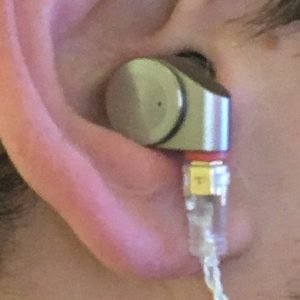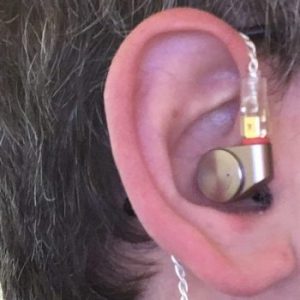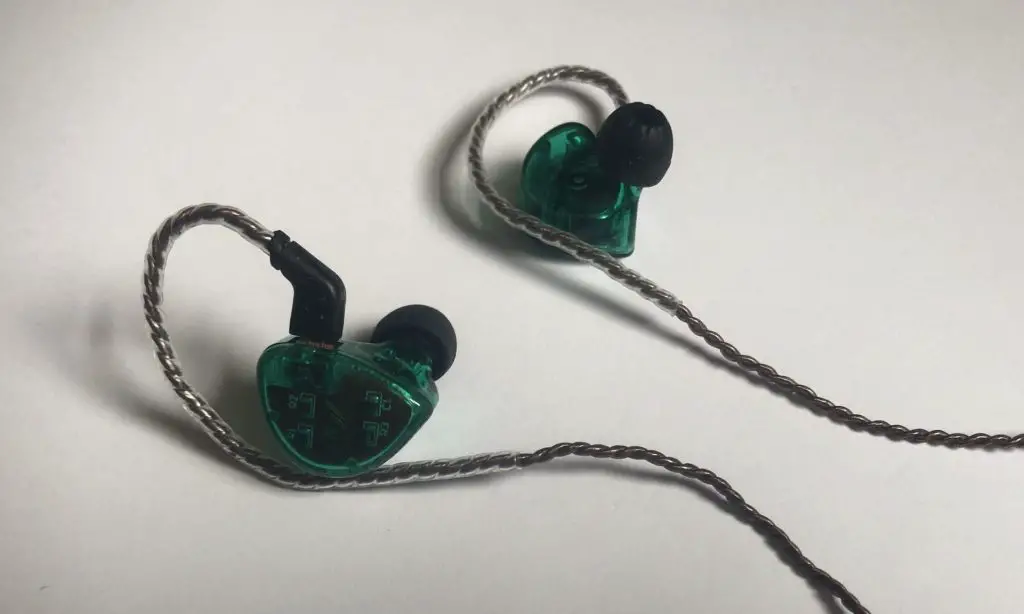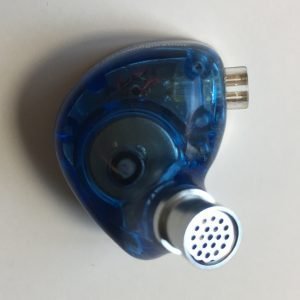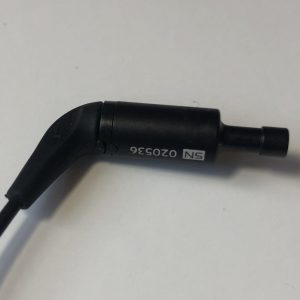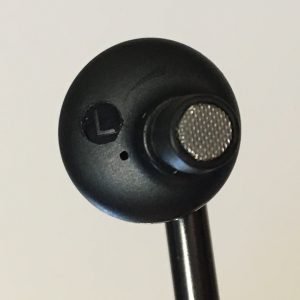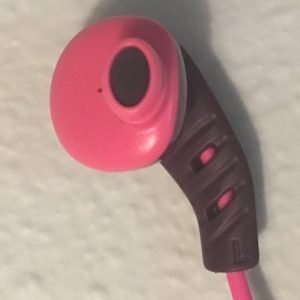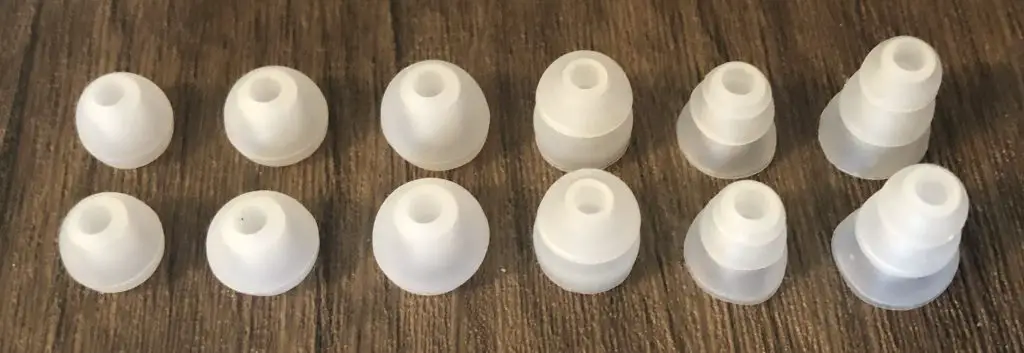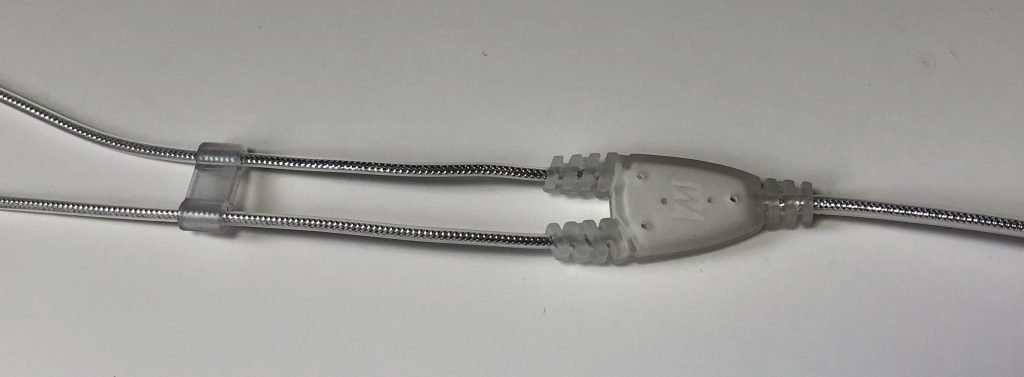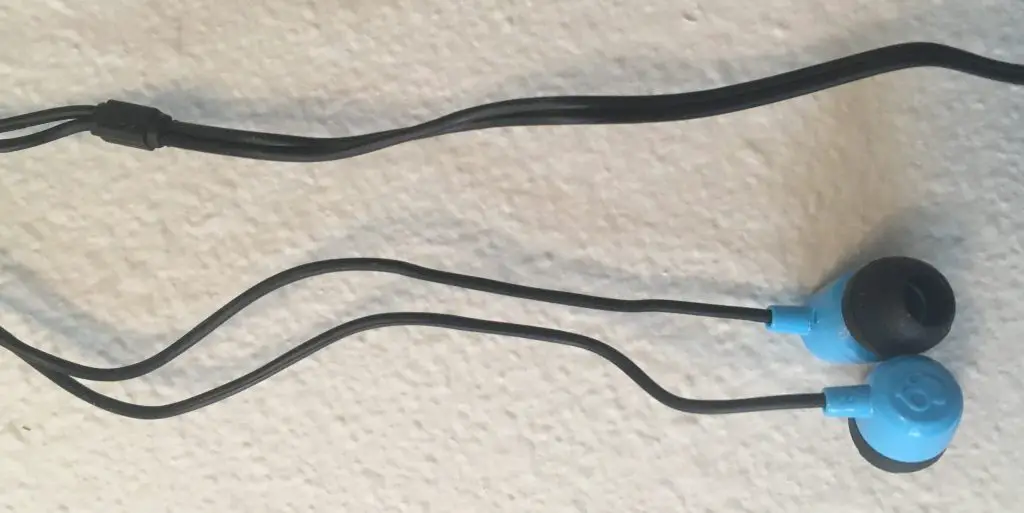Last updated on:
Just because a pair of earbuds is inexpensive doesn’t mean it has to sound lousy. Far from it. Not only are there now a lot of very solid sounding products that are not expensive, there’s actually a lot of things you can do to make the product you do have sound its best – probably significantly better than straight out of the box or you actually realize is possible.
So, why do I pick $20 as the “budget” price-point for earbuds? Well, it is somewhat arbitrary, but, I do think that $20 is the budget “sweet spot” for most people. You can get passable earbuds for around $10, but the market opens up drastically from $10 to $20. Not so much from $20 to $30, and I think $30 is the price where people start to feel it and get a little uneasy about losing a breaking a pair. At that point you might start to think about paying more for higher end earbuds anyhow.
Choose a good brand and product
I realize this might be trivially obvious, but I’d be remiss not to at least mention it. What isn’t so obvious or well known, though, is just how many different budget earbuds there are now. Moreover, most of the best current products in this niche come from brands that most people have never heard of. So, it’s definitely worth it to look around at least a little.
You can check out my best budget earbuds roundup article here – I’ve listened to and reviewed a lot of them.
Here’s a quick list of the currently best budget earbud manufacturers in my opinion:
FiiO – great sounding products all around.
KZ – they make a ton of different budget earbuds and most of them sound excellent for the price.
JBL – one of the larger and more well known brands that actually decently competes in this niche.
Make sure you’re actually wearing them properly
Earbuds that aren’t comfortable will negatively distract from listening, obviously, but a poor and/or improper fit can also compromise their functionality.
Most earbuds actually come with specific instructions on how to insert and/or wear them, and the correct way might not actually be intuitive or obvious, so definitely check the manual of any product you buy.
Invert and hook them
You can wear a lot of earbuds upside down and wrap the wire behind your ear.
Many earbuds are actually designed and instructed to be worn like this. Inverting and hooking earbuds can make them more secure and comfortable by eliminating the downward hanging out feeling that earbuds so often have. Many earbuds have ear hooks included, or you can buy some padded hooks separately. Definitely a good thing to have.

Longer nozzles are much better
The nozzle of an earbud is what channels the sound coming off the drivers and holds the tips in place. This is a critically important part of any earbud and for the life of me I cannot understand why you almost never actually see a product’s nozzles in reviews or sales pages (I always show pics of nozzles in my reviews).
A thinner, smaller, and/or contoured earbud with a longer nozzle will more easily and reliably give a good and proper fit. Bulky and uncontoured buds with shorter nozzles have a tendency to either not be able to be pushed in enough or hold your tips of choice.
Choose the right tips
The tip is the soft/rubberish portion of the earbud that flushes to your ear canal. A lot of people don’t know that they can usually be removed and replaced. Almost every pair of earbuds, even the cheaper ones, come with a few sets of replacement tips of differing size and/or style. You should at least try each of those and see which fits best.
But furthermore, you can also choose from a myriad of separately sold tips of all kinds of styles and they’re usually not expensive. Tips wear down and eventually need to be replaced anyhow.
Keep them clean
Wax, dust, and other debris inevitably sticks to and clogs up the tips and nozzles of earbuds with regular use. Yes, gross, but unavoidable. Gunked up drivers will lose sound quality, and gunked up tips won’t fit as well or seal properly which can also compromise sound quality. Not to mention they’ll further gunk up your actual ears.
Make it a point to remove the tips once in a while and clean them. Running warm water through them and letting them air dry usually does the trick. Gently remove any debris from the nozzle with a lightly damp cloth. Carefully used compressed air can also help.
Maintain a seal
The primarily important thing is that the air-tight seal shouldn’t ever break when you move your head, face, or jaw around. All of the aforementioned pointers will help ensure this. Not only do earbuds with a compromised seal sound noticeably worse, but people sometimes crank up the volume to potentially unsafe levels to try and make up the difference or block out more external noise.
Minimize microphonics
Microphonics are the noises that transfer through the cable when it’s touched or rubbed, and they’re especially pronounced with earbuds. In addition to picking a product with nice and beefy cable insulation (plenty of $20 earbuds have this), you want to keep the cable as still as possible. Ear hooking can definitely help with this. You can also use a shirt clip to keep a cable from moving or bouncing around – a lot of headphones come with one, but twist ties can work just as well.
…but what about? (the anti pointers)
Now for a list of things that either don’t actually matter at all or don’t matter enough (at this price point) to be worth worrying about:
Hi-Res music file quality? – I’ve now tested, reviewed, or otherwise listened to around 100 different products. I’ve never been able to tell a difference between a freemium quality mp3 file and a lossless 24 bit file with budget headphones, or even more expensive ones if I’m being honest. This doesn’t realistically come into play until a system is cracking four figures in my opinion.
Cable wire material/quality? – doesn’t matter. straight up. Cable is cable and is almost always made out of copper, a metal that’s inexpensive and highly conductive. As long as it’s comfortable and keeps microphonics to a minimum you’re good, and that’s pretty much a function of the insulation and not the cable wire itself. Further reading: do expensive headphone cables actually make a difference in sound quality? (spoiler alert: no)
A headphone amp? – no budget pair of earbuds will ever come anywhere close to needing an amp.
A Separate dac (digital analog converter)? – modern on-board dacs that come with computers/phones/etc. are generally perfectly decent and almost certainly not going to bottle neck sound quality. separate dacs are a waste of money in my opinion. Further reading: do I really need a separate dac for my PC?

